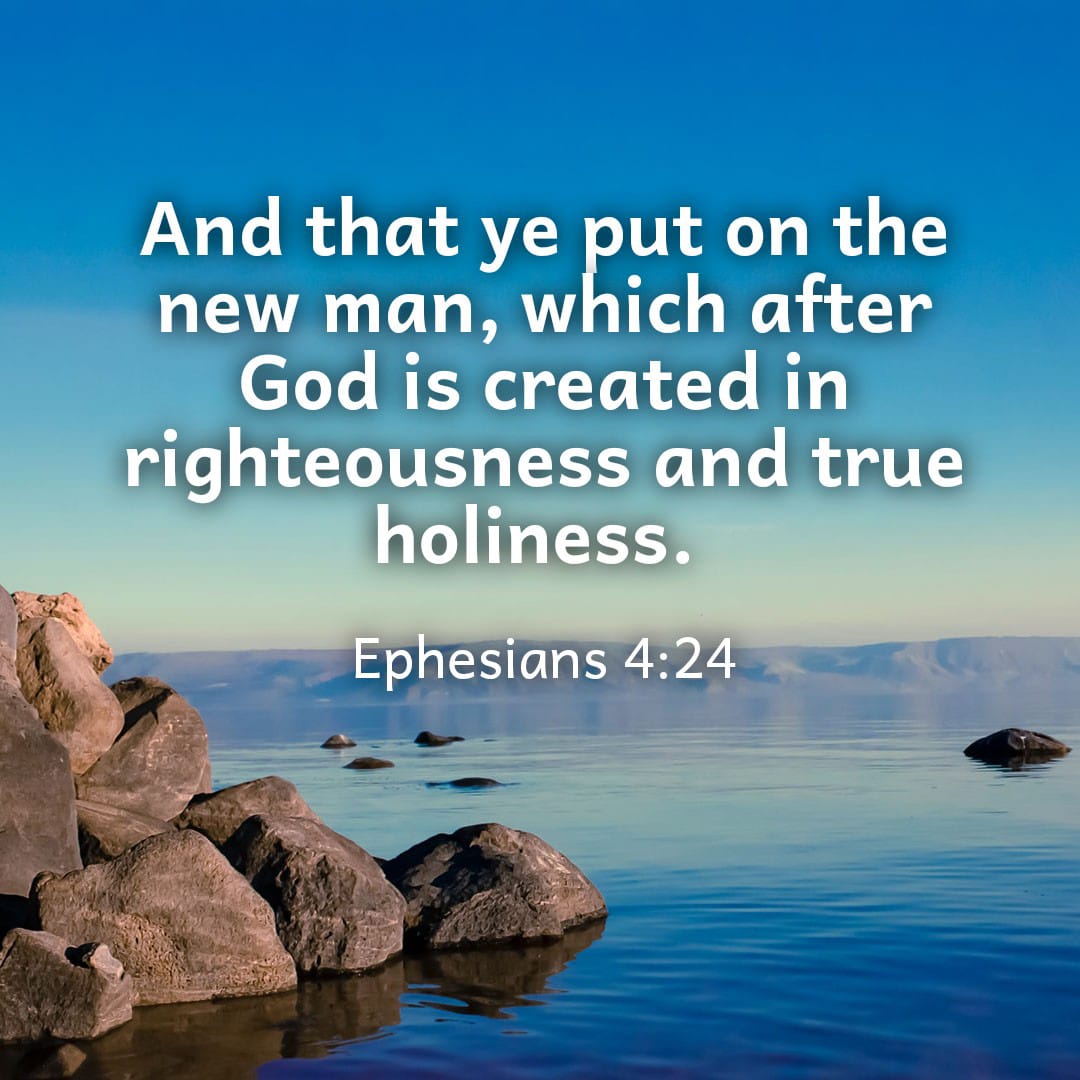“His Naked Body!” By: Gen. Jim
It has been asked why Mark 14:50-52 speaks of “a certain young man following Him (Jesus), having a linen cloth thrown around his naked body. And the young men laid hold of him, and he left the linen cloth and fled from them naked” (NKJV).
This portion of Scripture is being used by the “Christian” homosexuals to claim that Jesus had an encounter with this unnamed male. From the start, the homosexual movement (HM) has asserted that Jesus was homosexual.
These perverts will stop at nothing to try and prove that God does not condemn their sexual ABOMINATIONS!! They also accuse Jesus of being a child predator/pedophile (pedophilia: an abnormal condition where an adult has a sexual desire for children). They cite Mark 9:36 — “Then He (Jesus) took a little child and set him in the midst of them (disciples). And when He had taken him in His arms…” (NKJV).

The HM goes further, claiming that Jesus was married (to two or more wives) and that He had sexual relations with Mary Magdalene. These claims are perversions, but we thank God that some among them are coming to grips with their mental illness and repenting. Jesus will receive all who truly REPENT.
But back to this “naked” guy.
Who was he, and why is this even mentioned in the unfolding scene: the communion/Lord’s Supper (Mark 14:22-25), the Gethsemane prayer (Mark 14:32-42), and the arrival of Judas and the multitude (Mark 14:43-50)?
The New Oxford Annotated Bible provides a footnote (v.51) stating: “The young man’s identity is not disclosed. Perhaps he was sleeping in the house (where the Last Supper was held) and rose hastily from bed to follow Jesus.
If the house was that of Mary, the mother of John Mark (where the disciples met later, see Acts 12:12), it is possible that the young man was the Evangelist himself.”
But was this male actually naked as the homosexuals claim, implying that Jesus and he had an encounter?
A Bible scholar states:
“Probably raised from sleep by the noise from the rabble who came to apprehend Jesus, the young man had wrapped some bedclothing about him. Upon being seized, he disengaged himself from the cloth and escaped. This circumstance is not related by any other evangelists.”
(For more on ancient customs of clothing and nakedness, see “Ward’s Customs.”)
Having traveled to many countries, I’ve seen nearly everything, including nakedness, but this in no way infers homosexuality. To suggest that Jesus had sexual relations with this young man has NO merit whatsoever. Jesus’ ministry was under the Old Testament dispensation, where sexual sins were condemned—whether homosexual or heterosexual (see Leviticus 18:22 and 20:13).
Jesus was neither a homosexual, child molester, nor whore-monger. From what I’ve found, “naked” does not mean without any clothing but clad in undergarments or a tunic (see John 21:7).

To research the topic of nakedness, start with Genesis 2:25, where the Hebrew word for "naked" is “awrome” or “arom,” meaning “nude, either partially or totally naked.” Another word, “aram,” means “bare.” Genesis 2:25 describes total nakedness: “And they (Adam and Eve) were both naked…” (Genesis 2:25/Genesis 3:7).
The context of the text determines how “naked” is used—fully unclothed or nearly naked. Other Hebrew words for “naked” include:
- erom = nudity
- para = expose, bare, uncover
- maarom = stripping
- arah = bare, uncover
- uwr = bare, be made naked
The Greek word for “naked” in Mark 14:51,52 is “gumnos” = nude (absolute or relative). Another related Greek word, “gumneteuo” = “to strip, to be poorly clad or naked,” clarifies that the young man was not totally naked but had his underclothing on.
(For further references, see: Matthew 25:16, 38, 43, 44; Mark 14:51, 52; John 21:7; Acts 19:16; 1 Corinthians 4:11; 2 Corinthians 5:3; Hebrews 4:13; James 2:15; Revelations 3:17, 16:15, 17:16; Romans 8:35; 2 Corinthians 11:27; Revelations 3:18).
W.E. Vines’ Expository Dictionary of N.T. Words also provides precise meanings for the English terms.
- Naked (adj. and verb and noun):
- Gumnos (γυμνός) signifies:
- a) unclothed (Mark 14:52)
- b) scantily or poorly clad (Matthew 25:36, 38, 44; Acts 19:16)
- c) clad in undergarments only (John 21:7)
- d) metaphorically: of a bare seed (1 Corinthians 15:37), of the soul without the body (2 Corinthians 5:3), of things exposed to God’s eye (Hebrews 4:13), of the carnal condition of a church (Revelations 3:17, 16:15).
Despite the speculation, no one knows who the young man was in Mark 14:50-52. The passage seems intended to show how narrowly the disciples escaped capture. Matthew Henry’s Commentary notes that the young man escaped when the mob tore off his outer garment.

Ultimately, whether the young man was fully naked or not is irrelevant to the homosexual debate. There is NO connection between Jesus and this person in a sexual sense. The homosexual movement twists everything to fit their perverse agenda, but the Bible stands against such interpretations.
Jesus quoted Genesis 1:27: “From the beginning of creation, God made them male and female.” No mention of a third gender, transgenderism, or homosexuality. It was, and still is, male and female!
In conclusion, Mark 14:51-52 simply narrates how a young man fled after being grabbed by the mob. There is no reason to believe Jesus had any improper interaction with him. The homosexual movement's arguments are false.
We reject their perversions and call on Christians to stand firm against the "Queerocracy" taking over society. Warriors for righteousness, it’s time to rise and destroy the “uglification” around us!



















